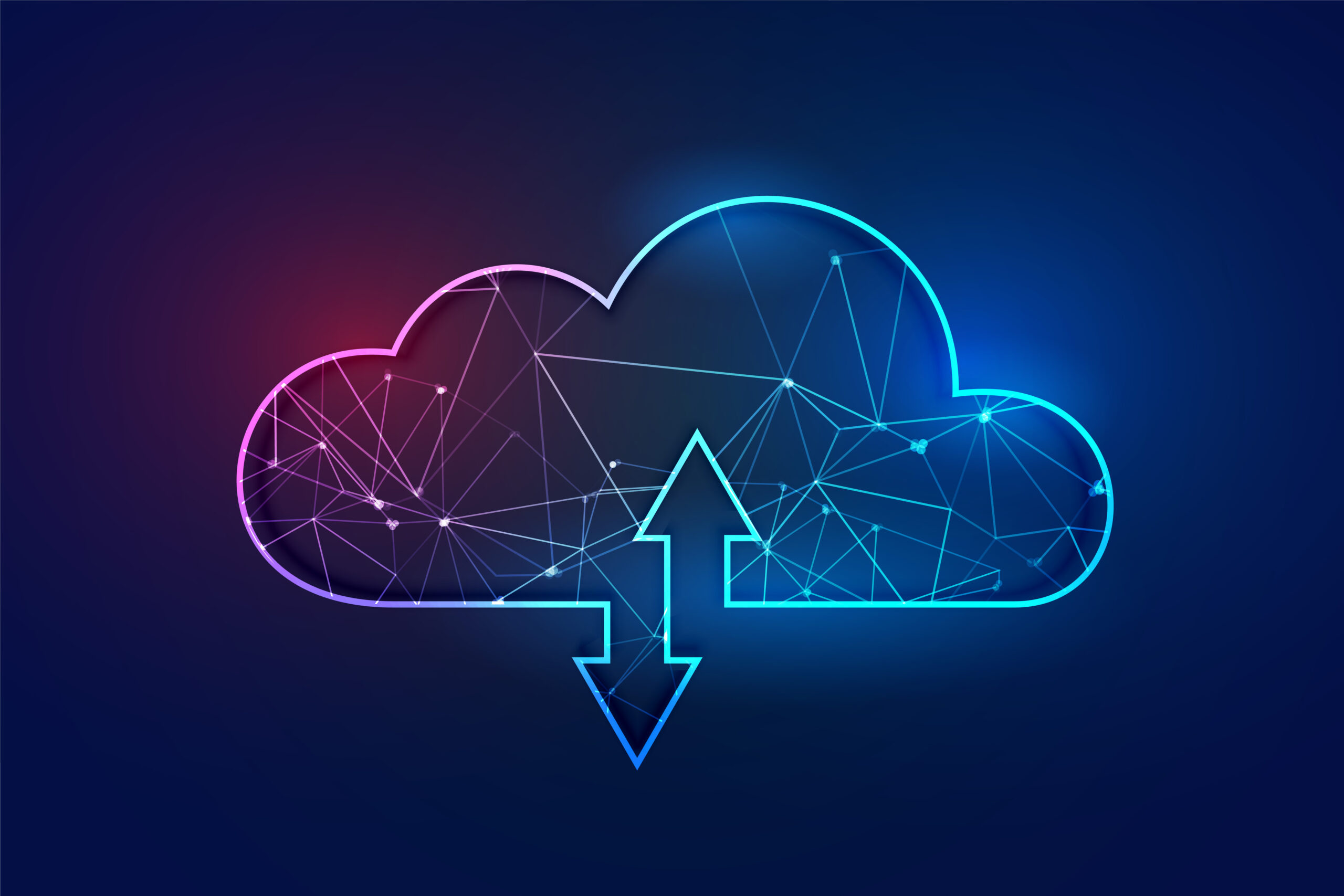The Future of Software Development: Trends & Technologies to Watch in 2025

The software development landscape is constantly evolving, driven by advancements in technology, changing business needs, and new development methodologies. As we move into 2025, developers and businesses must stay ahead of emerging trends to remain competitive in the fast-paced digital world. This blog explores the key trends and technologies shaping the future of software development in 2025 and beyond.
1. AI-Powered Software Development
Artificial Intelligence (AI) is transforming software development by automating tasks, improving efficiency, and enhancing code quality.
Key AI-Driven Trends:
- AI-Assisted Coding – Tools like GitHub Copilot and OpenAI Codex help developers write and debug code more efficiently.
- Automated Testing – AI-driven testing frameworks reduce manual effort and improve test coverage.
- AI in DevOps – AI-powered monitoring and predictive analytics enhance system performance and security.
2. Low-Code and No-Code Development
Low-code and no-code platforms are enabling businesses to build applications with minimal programming knowledge, accelerating software delivery.
Benefits of Low-Code/No-Code:
- Faster Development – Reduces coding time and speeds up software deployment.
- Accessibility – Enables non-technical users to create applications.
- Integration with AI – AI-driven automation is enhancing low-code platforms.
Popular Low-Code/No-Code Platforms:
- Microsoft Power Apps
- OutSystems
- Bubble
3. Cloud-Native Development
Cloud computing continues to dominate software development, with cloud-native applications becoming the standard.
Key Aspects of Cloud-Native Development:
- Microservices Architecture – Applications are built as independent services that can be deployed and scaled separately.
- Containerization & Kubernetes – Docker and Kubernetes simplify application deployment and management.
- Serverless Computing – Developers focus on writing code while cloud providers manage the infrastructure.
4. Blockchain for Secure Applications
Blockchain technology is expanding beyond cryptocurrencies, offering secure and transparent solutions for various industries.
Applications of Blockchain in Software Development:
- Decentralized Applications (DApps) – Secure and transparent applications with no central authority.
- Smart Contracts – Self-executing contracts that automate processes without intermediaries.
- Cybersecurity & Data Integrity – Enhances data security and reduces fraud risks.
5. DevOps and Continuous Integration/Continuous Deployment (CI/CD)
DevOps practices are evolving to improve collaboration between development and operations teams, ensuring faster and more reliable software delivery.
Key DevOps Trends:
- GitOps – Uses Git repositories to manage infrastructure and deployments.
- AI in DevOps – Predictive analytics and automated monitoring enhance performance.
- Security Integration (DevSecOps) – Embedding security within the development process.
6. The Rise of Progressive Web Apps (PWAs)
Progressive Web Apps (PWAs) combine the best features of web and mobile applications, providing a seamless user experience.
Benefits of PWAs:
- Faster Load Times – Optimized for speed and performance.
- Offline Functionality – Works without an internet connection.
- Cross-Platform Compatibility – Eliminates the need for separate mobile and web apps.
7. Quantum Computing: The Next Frontier
Quantum computing is still in its early stages, but it has the potential to revolutionize problem-solving in software development.
Potential Impact of Quantum Computing:
- Optimizing Algorithms – Enhancing AI and machine learning models.
- Cryptography & Security – Strengthening encryption and data protection.
- Complex Simulations – Solving problems that classical computers cannot handle.
8. Edge Computing for Real-Time Processing
Edge computing is reducing latency by processing data closer to its source, improving performance in applications like IoT and autonomous systems.
Key Benefits of Edge Computing:
- Faster Data Processing – Reduces reliance on centralized cloud servers.
- Enhanced Security – Minimizes data transmission risks.
- Improved IoT Performance – Enables real-time analytics for smart devices.
9. Cybersecurity in Software Development
With cyber threats becoming more sophisticated, integrating security into the software development lifecycle is more critical than ever.
Key Cybersecurity Trends:
- Zero Trust Architecture – Strict access control measures for enhanced security.
- AI-Powered Threat Detection – Identifies and mitigates security risks proactively.
- Blockchain for Security – Ensures data integrity and prevents fraud.
10. Augmented Reality (AR) & Virtual Reality (VR) Applications
AR and VR technologies are expanding beyond gaming, with applications in healthcare, education, and remote collaboration.
Applications of AR & VR in Software Development:
- Virtual Workspaces – Enhancing remote collaboration through immersive environments.
- AR in Retail & E-Commerce – Enabling virtual try-on experiences for customers.
- Medical Training & Simulation – Assisting doctors and medical students with realistic training.
Conclusion
The future of software development is filled with exciting advancements, from AI-powered coding to quantum computing and beyond. As businesses embrace these trends, developers must adapt to emerging technologies to remain competitive. Whether you’re a software engineer, entrepreneur, or tech enthusiast, staying informed about these trends will help you navigate the evolving world of software development in 2025.
What trends do you think will shape the future of software development? Share your thoughts in the comments below!



